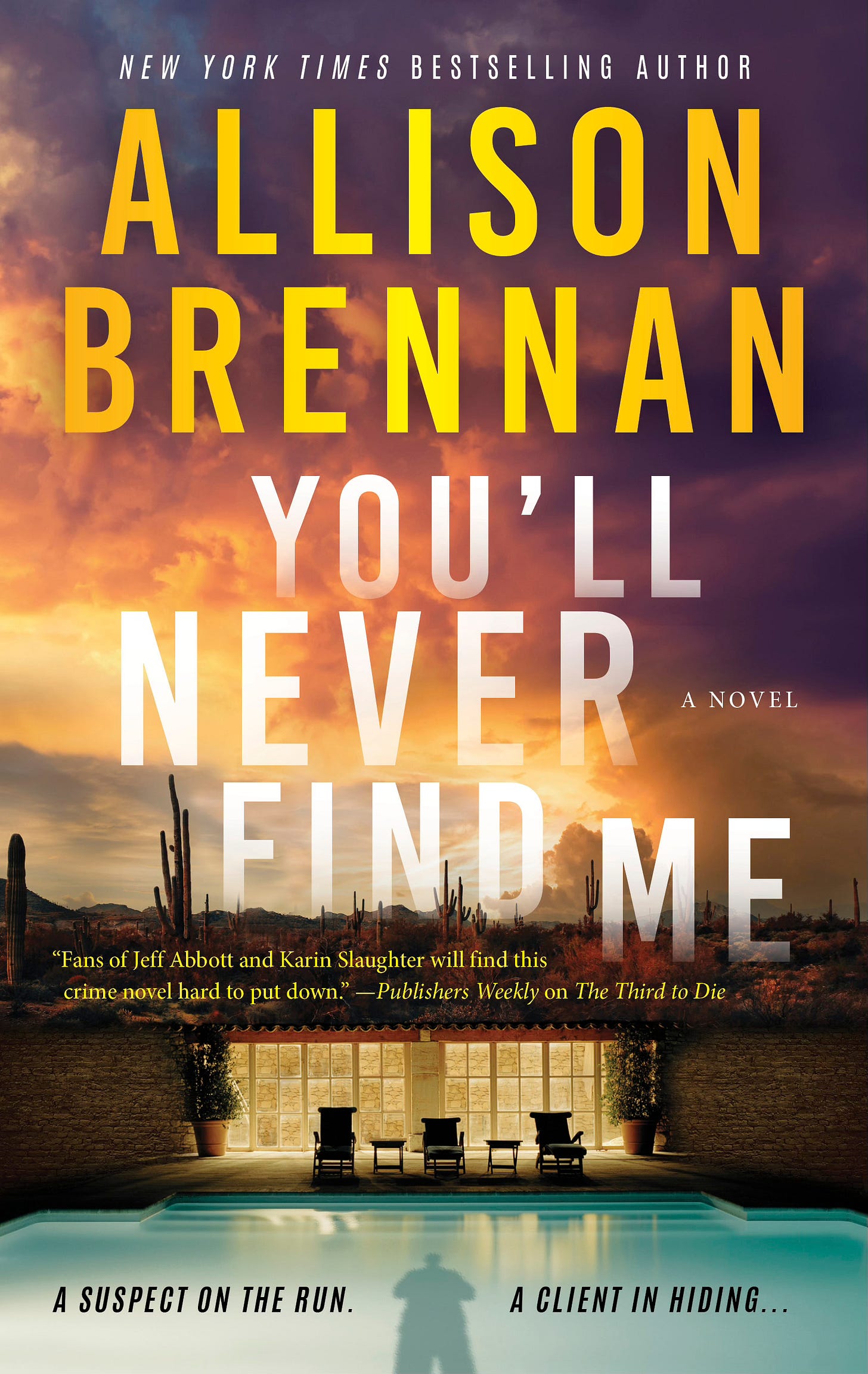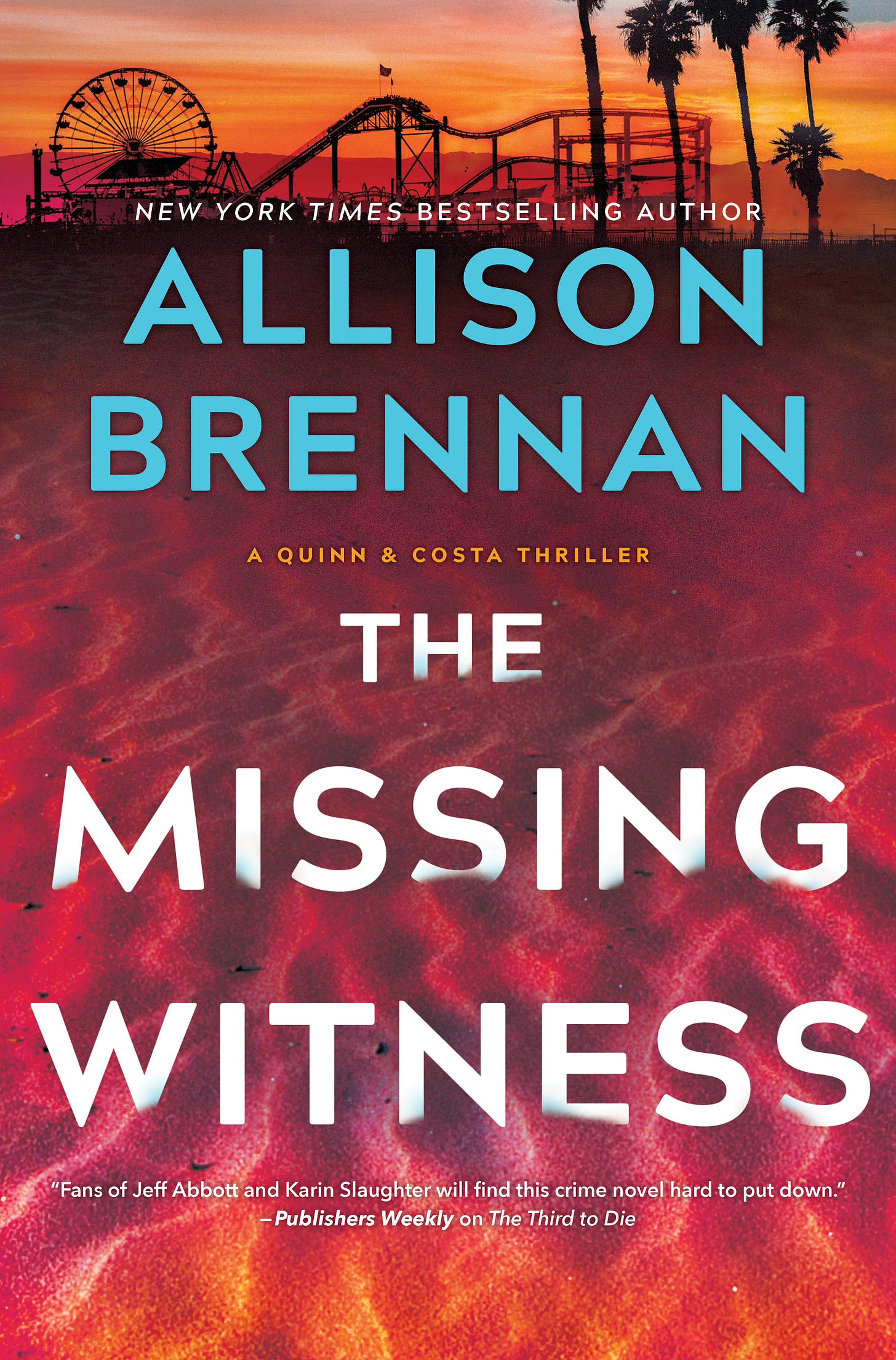
I’m in the middle of revising a prequel novella in my new Angelhart PI series and decided to procrastinate and write about editing.
People often ask me about my writing process. It’s changed over the years — for example, I used to be a nighttime writer; now I’m a morning writer. I used to write a fast sloppy copy, then spend a lot of time editing. Now, I edit as I go and my first draft is fairly clean. A quick read through and lightly edit, and it’s off to my editor.
Some things haven’t changed. I have never given myself a strict page/word count for the day. I put in the time, a minimum of six hours but usually more. (Truth be told, I’m at my computer 10-12 hours a day, half that on Mondays and Tuesdays when I babysit my grandson. It’s not all writing time, and I get up multiple times to take short walks and I procrastinate a lot doing research, reading, talking to my kids …) Some days I write and rewrite and only get 1,000 words done that I’m happy with. Other days my muse is on fire and I write over 5,000 words and have no idea how it happened.
My first draft of a 100,000 word novel takes me 3-4 months. Since I edit as I go (I’ve done this since about my 10th book), and I probably average 2,000 words a day, I’m really writing between 200-250K words to get that 100K word book. And that’s okay. It works for me. It might — or might not — work for you.
Editing is a multi-layered process that every writer needs to understand. I love the book I turn into my editor, but every single time, I love the book more when my editor points out the weak spots and I go back and dig down. Behind every successful author is a good editor, and I’ll go to my grave believing that.
Early in my career, I met writers who complained about revision letters. One writing friend thought that meant she was a failure as a writer — revision letters literally brought her to tears. Another friend said her editor didn’t know what her readers wanted, and her book was perfect the way it was.
I’ve never felt that way. I know I write good stories, but I also know they are better stories after I embrace editorial suggestions. Sometimes it’s plot points or character behavior (i.e. “would she really think this/do that knowing ABC?”) that makes me dig deeper into the why of the scene. Sometimes it’s just poor writing (i.e. “this doesn’t make sense to me”) and sometimes it’s identifying a positive and wanting more (i.e. “this scene is fabulous, but it’s too short — can you layer in more detail, up the stakes a bit?”).
New writers often think that they have to take every note verbatim, that they have to make changes. No, you don’t. Your name is on the book — it’s your story. But you should consider every point your editor makes because they are looking at the book with fresh eyes, outside the world you have just spent months in. Sometimes, you won’t see the flaws because you are too close to the story and characters.
Speaking of getting close to my characters, I am absolutely thrilled with my new series, launching in June with You’ll Never Find Me. I hope you’ll love Margo Angelhart and her family of PIs as much as I do!
The way I approach revisions is with a certain level of detachment. Generally, I get a revision letter — mine have been as short as one page and as long as ten pages — which lists the good and the bad, strengths and weaknesses, then bullet-points each main character, question, plot hole, etc. With the letter comes the manuscript with track changes. I always read the letter first and sleep on it. Then the next day I print the letter and take notes — what I agree with, what I don’t, why I don’t. I’ll skim the comments in the manuscript and jot down my own notes. Sometimes, I don’t agree with a suggestion, but understand why my editor has a problem. I’ll change that point, but not necessarily to what my editor suggested. Other times, I hit my head and say, “How did I not see that?” And sometimes, I shake my head and completely disagree. I always thing three times about why I disagree and if I’m wrong, but if I still disagree with a comment, I will ignore it.
For example, in the novella I’m editing now, my editor commented that she felt the threat to one of the characters came out of left field, that she wanted a hint of it threaded through the story so the climax (which she loved) would be more impactful. She was right. However, I didn’t like her suggestion on HOW to do it, and came up with something I think works well and fixes this obvious flaw.
A good author-editor relationship has this give and take, and after 46 books and nearly as many short stories, I can honestly say that except for one book (which shall remain nameless), all my books are stronger after my editor gets her hands on it.
This first part is called developmental editing — where your editor looks mostly at the story and big picture, character, plot, setting, whether the story holds together and delivers on the story promise. I think it’s the most important part of the revision/editorial process. So important that I told my agent years ago that the single most important thing to me in an editor is an editor who actually edits.
Once I’m done with revisions (which take me 2-4 weeks, depending on issues I’m facing in the story), my editor goes through it again and line edits. This is where she digs down into HOW the story is told, making it as clean as possible for the copyeditor. If the book is lightly line edited, it’ll go straight to copyediting. If there are still questions/problems, I’ll take another pass at it. I’d say a third of my books I do a second round of editorial revisions. They never take as long as the first round.
Copyediting is where I always remember that while I was a straight-A student, I don’t know everything about grammar. A good copyeditor will also identify timeline problems, fact-check, and make sure that you, the author, don’t sound like a complete idiot. Once she’s done, I get the book back to go through one last edit — I can change anything, STET any suggestion, add scenes, cut scenes, whatever is needed to make the story as exciting and strong as possible. Most copyeditors I’ve had have done a fabulous job and I will praise them from here to eternity. One? I asked she never touch my books again after she wrote in the margin, “This isn’t how they do it on television.”
The final edit is the proof stage — I can’t make major changes here, but if I notice a typo or I missed a factual error (and changed the eye color of a character and my editor and copyeditor didn’t notice!) I can fix it here. I also use this read-through to trim repetition (my biggest writing flaw) and tweak a few words. My publisher also hires a professional proofreader.
Even with all these people and all these revisions and passes sometimes mistakes slip through. I’ve been emailed by multiple readers that in Seven Girls Gone, I miswrote “conscience” as “conscious.” I’m appalled at myself — and angry that no one else caught it either. But overall, I’ve been very happy with the quality of my books. Yes — there will be typos. But in a 100,000 word book, I hope readers will forgive me.
I’ve also been asked how I write three books a year when I have to write, revise, proof, etc. This process of mine doesn’t change unless I have an odd deadline for something.
I turn in Book A. I immediately start working on Book B. Whenever I get the revisions for Book A, I put B aside and revise Book A. When complete, I go back to Book B, finish and turn it in, then start Book C. I’ll get copyedits for Book A so put Book C aside to work on the copyedits, then go back to C when I’m done. If I get revisions on Book B before I’m done with C, then I’ll ask my editor for guidance — which does she want first? It’s almost impossible for me to be writing two books at the same time — I’ve done it, and it’s not fun. So we might juggle a deadline a couple weeks. This is where communication is important. Every author should have a good working relationship with their editor and agent.
Right now, I have 4 projects in different states of production:
I’m writing a stand alone due Mar 1.
I’m revising a novella Into the Fire due Jan 29. (Thus, I put aside the stand alone for a week)
I’m waiting on proofs for You’ll Never Find Me (which I’ll proof as soon as I get them—generally proofs take me 2-3 days)
I’m waiting on revisions for the 6th Quinn & Costa book (which I will hold until I turn in my stand alone on Mar 1)
Then, when this is all done, I’ll start writing the next Angelhart PI book.
Writing is a creative process that is also a business. I’m the creative. My publisher is the business. We need to work closely together to make sure all the moving parts work — which is one reason a good agent (which I have) will help navigate these waters.
But ultimately, something no writer should ever forget: writing IS re-writing. Embrace it. You’ll become a better storyteller.
Have you read my latest Quinn & Costa thriller? The Missing Witness is now available in hardcover, ebook, and audio. It’s the story that takes LAPD Detective Kara Quinn back to the case that had prompted her temporary assignment with the FBI. Graft, corruption, and the homeless crisis — don’t miss it! More info on my website.





I liked reading this very much. It made several things clearer to me regarding the many pieces that must put together when writing.
Typos in a book never bother me, it reminds me you are human. I always love to hear author's story writing processes.